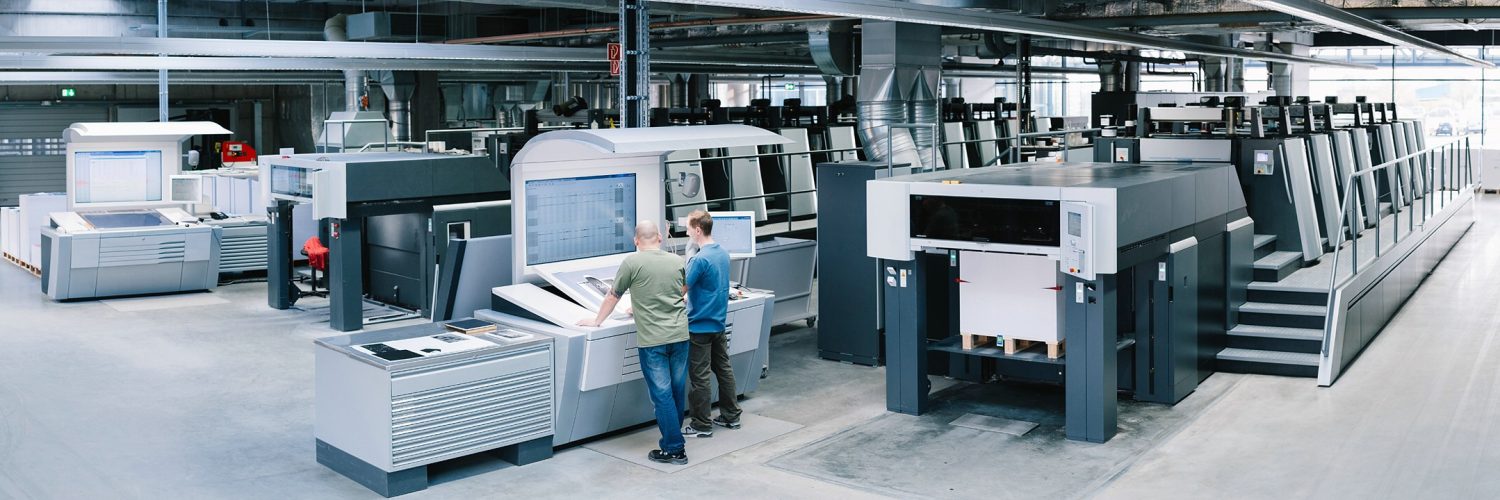To effectively promote your tea and chocolate brands through gift packaging boxes, consider the following elements:
1. Distinctive Design
- Visual Identity: The design should reflect your brand’s identity, using colors, logos, and graphics that resonate with your target audience.
- Storytelling Elements: Incorporate elements that tell the story of your brand, such as illustrations or text that highlight the origins of the tea and chocolate.
2. High-Quality Materials
- Premium Cardstock: Use thick, high-quality materials that convey luxury and make a lasting impression.
- Eco-Friendly Options: Sustainable materials can appeal to environmentally conscious consumers.
3. Innovative Structure
- Interactive Features: Consider designs that allow for interaction, such as magnetic closures or compartments that create a unique unboxing experience.
- Multi-Functional Packaging: Design the box to be reusable or transformable, adding value for the consumer.
4. Elegant Surface Finishes
- Foil Stamping: Use metallic foil for logos or accents to create a premium look.
- Embossing/Debossing: This technique can add texture and depth, enhancing the tactile experience.
- Matte vs. Glossy Finish: Choose a finish that complements the product; matte can convey sophistication, while glossy can create vibrancy.
5. Clear Product Display
- Window Cut-Outs: Include transparent sections to showcase the products inside, making them more enticing.
- Layered Presentation: Arrange the products in a way that highlights their features and creates an appealing visual layout.
6. Brand Messaging
- Educational Content: Include information about the benefits of the tea and chocolate, such as sourcing, flavors, and pairing suggestions.
- Personal Touch: Add personalized notes or recipes that can enhance the customer’s experience with the products.
By focusing on innovative design, high-quality materials, elegant finishes, and clear product display, your gift packaging boxes can not only protect and showcase your tea and chocolate but also significantly enhance brand promotion and increase sales. Here are some specific examples of packaging designs for different types of tea and chocolate that effectively promote branding:
Tea Packaging Examples
- Luxury Loose Leaf Tea
- Design: A sleek, cylindrical tin with a matte finish and foil stamping for the logo.
- Features: Inner compartments for different tea blends, each labeled with flavor profiles.
- Promotion: The tin can be reused, appealing to eco-conscious consumers.
- Herbal Tea Gift Set
- Design: A book-style box that opens like a book, revealing individual tea sachets.
- Features: Each sachet has a unique illustration and a brief story about its origin.
- Promotion: The design emphasizes the natural ingredients and artisanal quality.
- Tea Sampler Collection
- Design: A multi-layered box with a clear window to showcase various tea bags.
- Features: Each layer has a different type of tea, with a description card included.
- Promotion: This interactive design encourages exploration of different flavors and encourages gifting.
Chocolate Packaging Examples
- Artisan Chocolate Bars
- Design: A minimalist, elegant wrapper with embossed textures and a rich color palette.
- Features: Inside, the bar is divided into sections, each with a different flavor.
- Promotion: The upscale design communicates quality and craftsmanship.
- Chocolate Truffle Box
- Design: A luxurious, velvet-lined box with a magnetic closure.
- Features: Each truffle is placed in a molded insert, ensuring they are protected and well-presented.
- Promotion: The high-end materials and design enhance the gifting experience.
- Seasonal Chocolate Collection
- Design: A festive, themed box that incorporates seasonal colors and patterns.
- Features: Includes a card with recipes or pairing suggestions for the chocolates.
- Promotion: This seasonal approach encourages repeat purchases and brand loyalty.
These examples illustrate how thoughtful design and high-quality materials can enhance the branding of tea and chocolate products. By creating an engaging and memorable packaging experience, brands can effectively promote their products and increase sales. Here are some examples of sustainable packaging materials that can be used for tea and chocolate products:
1. Recycled Paper and Cardboard
- Description: Made from post-consumer waste, recycled paper and cardboard are excellent for creating boxes and inserts.
- Benefits: Reduces landfill waste and conserves natural resources.
2. Biodegradable Plastics
- Description: Made from plant-based materials, these plastics break down more quickly than traditional plastics.
- Benefits: Offers protection while minimizing environmental impact.
3. Compostable Packaging
- Description: Materials like PLA (polylactic acid) derived from cornstarch can be composted after use.
- Benefits: Reduces waste and can return nutrients to the soil.
4. Glass Containers
- Description: Reusable glass jars or bottles for packaging tea or chocolate.
- Benefits: Durable, recyclable, and can be used multiple times, reducing overall waste.
5. Natural Fibers
- Description: Materials like hemp, jute, or organic cotton can be used for bags or wrapping.
- Benefits: Biodegradable and often sourced from sustainable practices.
6. Mushroom Packaging
- Description: Made from mycelium (the root structure of mushrooms) and agricultural waste.
- Benefits: Fully biodegradable and can be composted at home.
7. Plant-Based Inks
- Description: Inks made from natural materials such as soy or vegetable oils.
- Benefits: More eco-friendly than traditional petroleum-based inks and often have lower VOC emissions.
8. Eco-Friendly Foil
- Description: Foil made from recyclable aluminum or compostable materials.
- Benefits: Provides a barrier for freshness while being environmentally responsible.
9. Seed Paper
- Description: Paper embedded with seeds that can be planted after use.
- Benefits: Promotes sustainability and adds value to the packaging.
10. Reclaimed Materials
- Description: Using materials that have been salvaged or reclaimed from other products.
- Benefits: Reduces the need for new raw materials and promotes a circular economy.
Incorporating these sustainable packaging materials not only helps brands reduce their environmental impact but also appeals to eco-conscious consumers. Choosing materials that are recyclable, biodegradable, or reusable enhances the overall brand image and supports sustainable practices. Call to speak with one of our packaging experts to get more details about our custom food grade folding carton offerings:

Let’s talk
Our WhatsApp is online 24/7.
If you have any questions, you can contact our customer service at any time.

